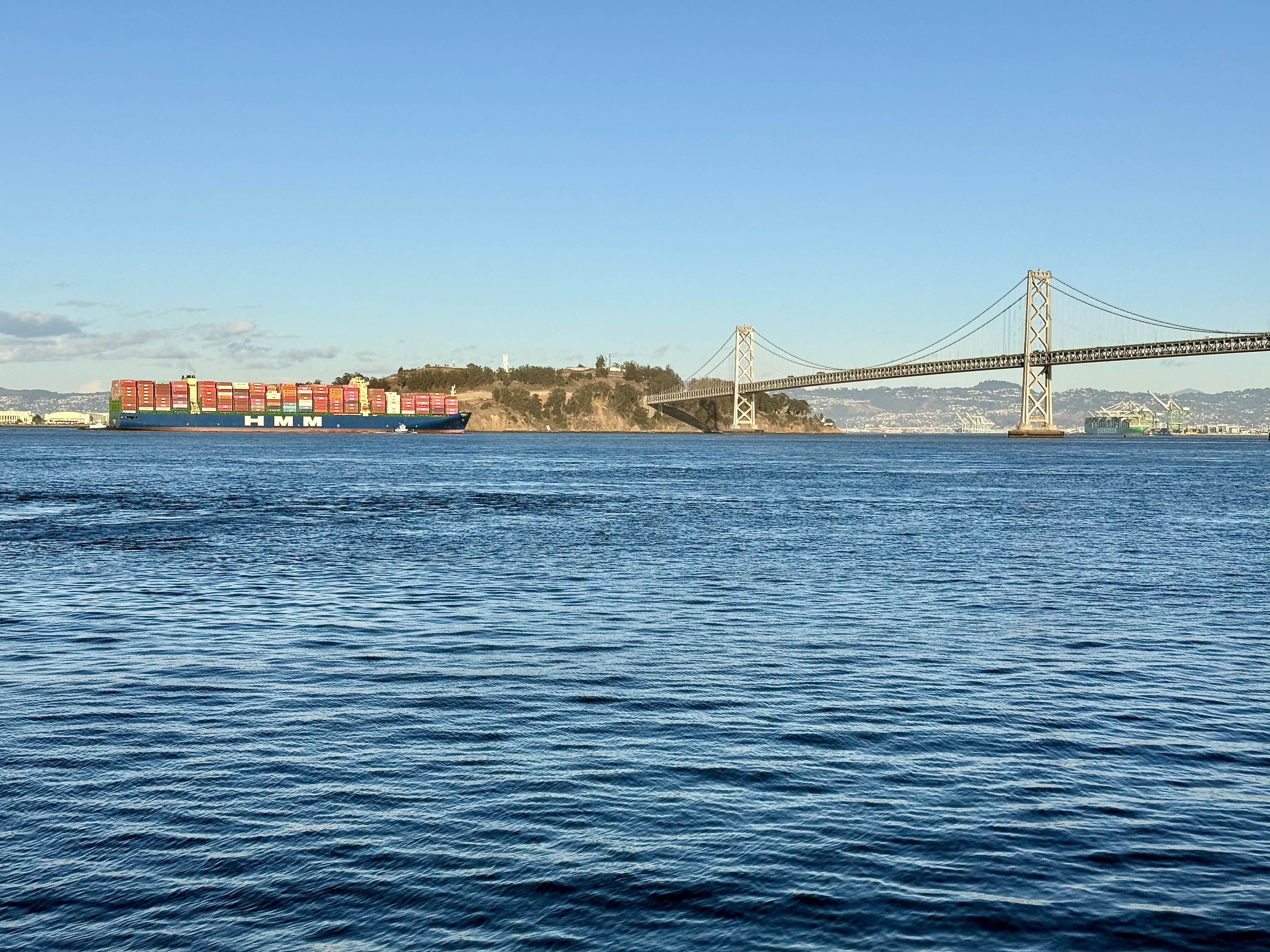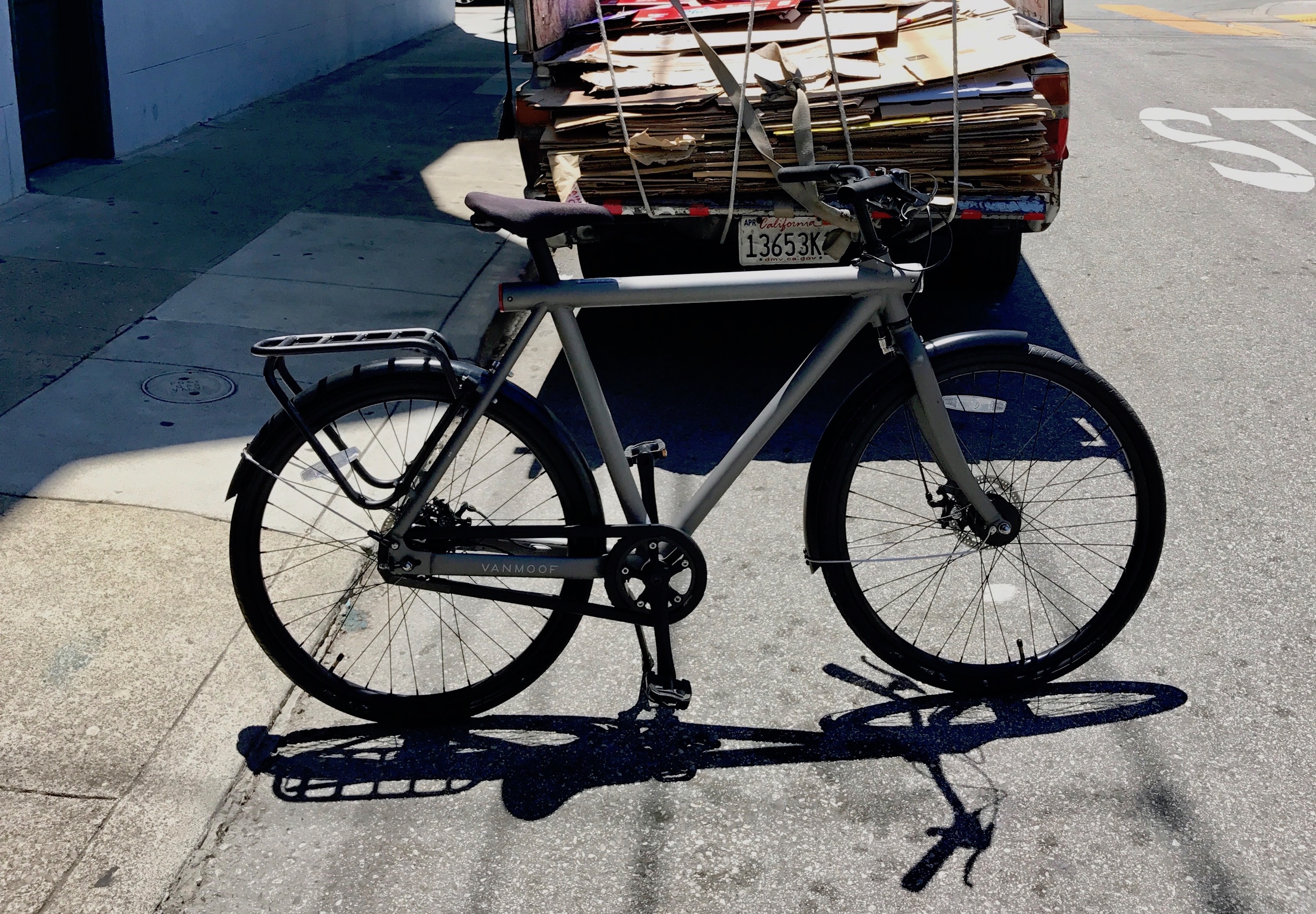A boy once believed that no matter how far he went, he’d still be where he was from. That this defining character set would tie him to others, to where he’d grown up, to the person that he’d grown into. Years later does he still believe these things? That the love of fall on the east coast of the United States is an overwhelming sign of good taste, and that fixing a car late at night in driving snow represents the pinnacle of perseverance? Would he still dismiss those from further afield, as though their homes hadn’t provided similar lessons?
In my mind he would not. He has grown well, aged into a person of a different place. We are no longer close, this boy and I, partially because I no longer live on the east coast of the United States. Partially because I no longer live in the United States. Partially because, as the world grows, and we into it, such qualities shrink. They shrink not in difficulty, or beauty, but in scope. Fixing a car in driving snow becomes a challenge of location. Fixing a car in the desert’s blazing sun with no habitation for dozens of miles matches it, and that recognition changes the original pride.
We are not where we are from, yet knowledge of that place explains us.
As does the sense of scope. Meeting an unknown friend in the chill heat of a Shanghai apartment where the walls seep cold into the night as the heater pumps out dry air filled with warmth, our shared location becomes an isolating factor.
“Those two are from Ithaca.”
As though that makes us the same. As though we’re both really from the same place. As though we shared the same city, and through it clothes, manner, dress. We do not. Because it is not just countries that are too large to possibly contain their population with the single adjective allowed them in popular humor.
Because countries have directions, and cities neighborhoods.
Yueyang lu is tree-lined, residential, until the bars. Yongjia lu has some shops, some restaurants, and more trees. Couples walk hand in hand and boys chase each other in and out of the school nearby. Guards watch both, and mingle in front of the Painting Institute, huddle inside their huts in chilly weather, and smoke incessantly to relieve the mind-numbing passage of time. I whisper through it in the mornings, past the fleets of women and men with their child on the rear of their bicycle for the morning lift to school before they head on to work. I slip up Yongjia, heading west, across Wulumuqi lu, past the brief block of Anting lu, to Hengshan’s bustling cacophony, busses and taxis competing with the whistle of a half-dozen crossing guards watching the five roads carefully for signs of lawlessness. Their stares and squawking whistles slap me awake, and I pause before pushing on to Gao’an, and then left up Kangping. This is the border of my neighborhood, Hengshan and Gao’an. On a
map it might continue to Wanping, two blocks further west, at the edge of the park, or two blocks further north, to Huaihai or Fuxing, with their commercial bustle. East, perhaps the edge lies at Xiangyang or Shanxi, or even further, Maoming or Ruijin Er. But limits of a neighborhood are not drawn so clearly. They are shifty fleeting things of time and walking distance, of community, of school districts, of architecture, of income, of simple recognition. Xiangyang is far enough for me.
And it is with these decisions, often without thought, that we separate ourselves. So two children of New York, of the City, of the same college, of so much shared experience that to their company over diner in a small apartment in Shanghai they blend and blur, opinions overlapping, can argue, can push against the common box. Manhattan and Brooklyn are so different, they protest, and their high schools, completely different. Several others in the room agree with small nods, not necessarily of New York, but with the familiarity of past discussions, past attempts to prove their own location.
A girl, in an interview, on her home.
“Baoshan is a great place to live, a better district than Xuhui or Huangpu.”
But aren’t Xuhui and Huangpu more ‘downtown’, more convenient, her questioner wonders.
“No, Baoshan is downtown, it is the center of Shanghai.”
The fragility of her argument is made precious by her belief. Her questioner does not note Shanghai’s spherical nature, it’s circular boundaries, and it’s series of encircling rings, containing at their heart four districts, and spreading outwards. With no argument of population, nor commercial value, no mention of business districts, shopping, night life, a simple circle placed atop Shanghai’s mapped existence will reveal Baoshan’s distance from the circle’s center.
In Jintan, weeks ago, a girl wandered the street with her harmonica as the Ode to Joy found its way through her cupped fingers. The street, it’s four shops, one restaurant and two houses all mingled in a run of concrete buildings, paid her no mind. Perhaps she plays and walks each morning, in the chill of January’s end, and is a common site in this neighborhood of her birth. Along Yueyang’s shaded walks she would surprise, her clothes and accent out of place, her harmonica sure to please the foreigners who are so frequent now.
Up Xinhua lu, still rolling west, having crossed the barren spread of Huashan and touched Huaihai briefly, the neighborhood changes. From Huashan’s vacancy and Huaihai’s bus-filled rumble, Xinhua is a deep breath of space and trees again. The shops, and passers-by, are not those of Yueyang, or Yongjia. An older community, fewer foreigners, less military, more Japanese. The difference is immediate and comforting. This is where I work, this is where I eat lunch and mail letters. This street, across Dingxi lu, is being renovated, but not built up. There are but two towers, and even those are slightly at odds with the surroundings, slightly shunned by the baozi eaters cradling their dumplings on the opposite corner where the bank and steamed bun shop still stand. The tower, with its coffee shops and cell phone dealers, is the stranger, something not quite of this neighborhood, but here. So small and fragile are these distinctions, built on collective consciousness. And so hard to
remember, from outside.

